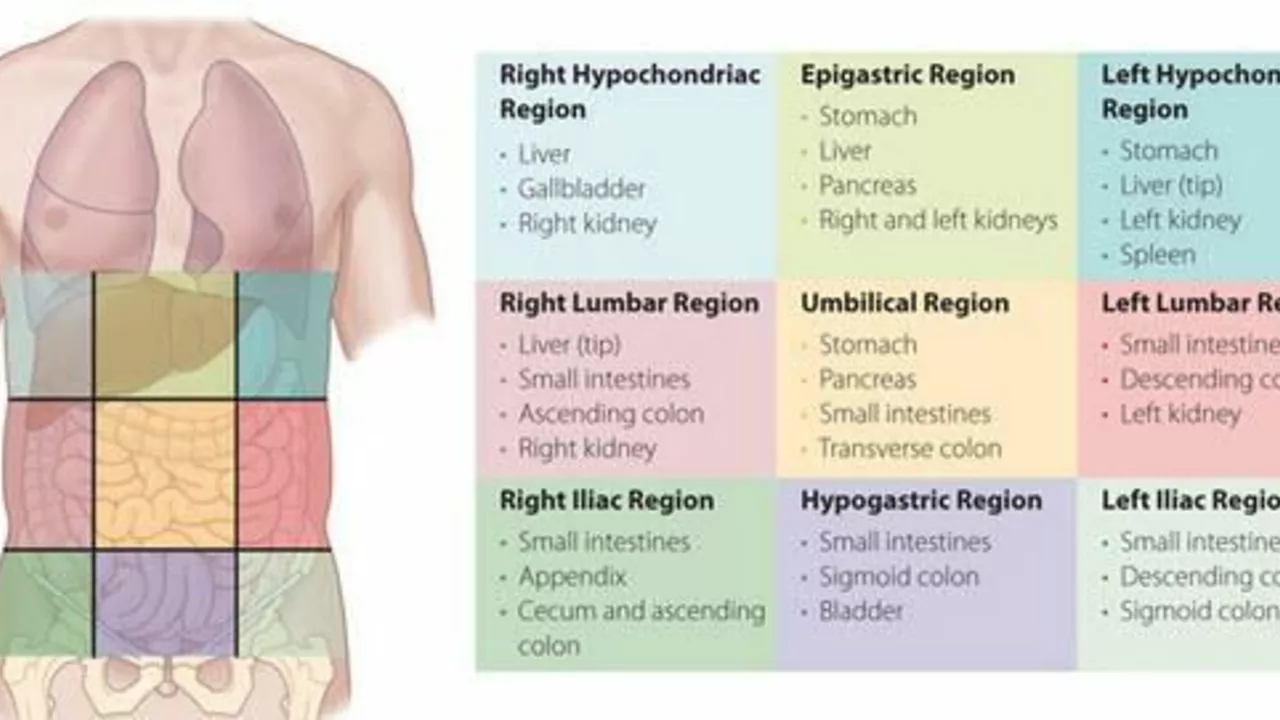Health and Fitness: Simple, Useful Steps You Can Use Today
Want straightforward health advice without the hype? This page collects actionable tips on exercise, weight control, and when medications or supplements make sense. I focus on what you can try at home, when to talk with a doctor, and which of our articles can give you deeper, practical help.
Daily habits that actually move the needle
Small, consistent changes beat big, short-lived efforts. Try walking 20–30 minutes most days, swap one sugary drink for water, and add a protein-rich snack after workouts to cut cravings. Track one habit at a time—sleep, steps, or a single meal choice—so you don’t get overwhelmed. If you sit for long periods, stand and stretch every 45–60 minutes to reduce tight hips and back strain.
Nutrition doesn't need to be complicated: focus on whole foods, portion control, and a colorful plate that includes vegetables at two meals. If you’re losing weight, aim for steady loss—about 0.5–1 kg (1–2 lb) per week—so you keep muscle and energy while shedding fat.
Exercise that helps pain and supports fitness
Not every pain means stop moving. Low-impact activities—walking, gentle cycling, yoga—can ease digestive discomfort and reduce stress-related symptoms like epigastric pain. Our article on epigastric pain recommends avoiding heavy lifting or intense core workouts when pain flares. Start with 10–15 minutes of gentle movement and increase slowly, paying attention to how your stomach and breathing feel.
For strength and long-term health, add two short resistance sessions per week using bodyweight or light weights. Strength training preserves muscle during weight loss and improves posture, balance, and metabolism.
When exercise causes pain that doesn’t ease within a few days, or if you have unexplained weight loss, blood in stools, or persistent heartburn, see a healthcare professional. That helps rule out conditions that need treatment beyond lifestyle changes.
Medications and supplements can help, but they aren’t magic. Alli (orlistat) is the only FDA-approved over-the-counter weight loss pill and works by reducing fat absorption. Our Alli article explains how it works, what side effects to expect (like oily stools), and practical tips to use it safely alongside a lower-fat diet. Read that if you’re considering a medication boost to a lifestyle plan.
Supplements can fill gaps but check interactions with any prescription meds. A quick conversation with your pharmacist or doctor can prevent problems—especially if you take blood thinners, diabetes meds, or heart drugs.
Want more targeted reading? Check our deep-dive on Alli weight loss to understand realistic results and side effects, and read the epigastric pain piece for gentle exercise routines and diet tips that ease stomach discomfort. Use these guides to pick next steps that fit your life, not a generic plan.

Alli Weight Loss: Real Results, How It Works, and What to Expect
Alli is the only FDA-approved over-the-counter weight loss pill. Learn how Alli works, what real people experience, proven tips, and whether it's the right fit for you.
Detail
Can Exercise Help Alleviate Epigastric Pain? Tips and Recommendations
In my latest blog post, I delve into the topic of whether exercise can help alleviate epigastric pain. I've found that certain low-intensity exercises can indeed aid in reducing this discomfort, by promoting healthy digestion and reducing stress. However, it's essential to approach this with caution as strenuous exercise could potentially worsen the condition. I've also provided some handy tips and recommendations on the best exercises and dietary habits to adopt. So, if you've been struggling with epigastric pain, this could be the guide you've been waiting for!
Detail




